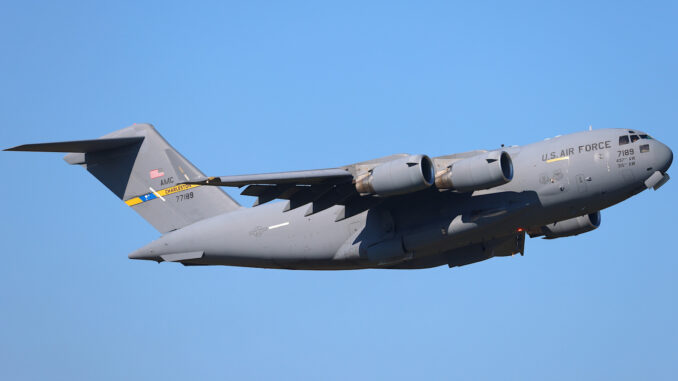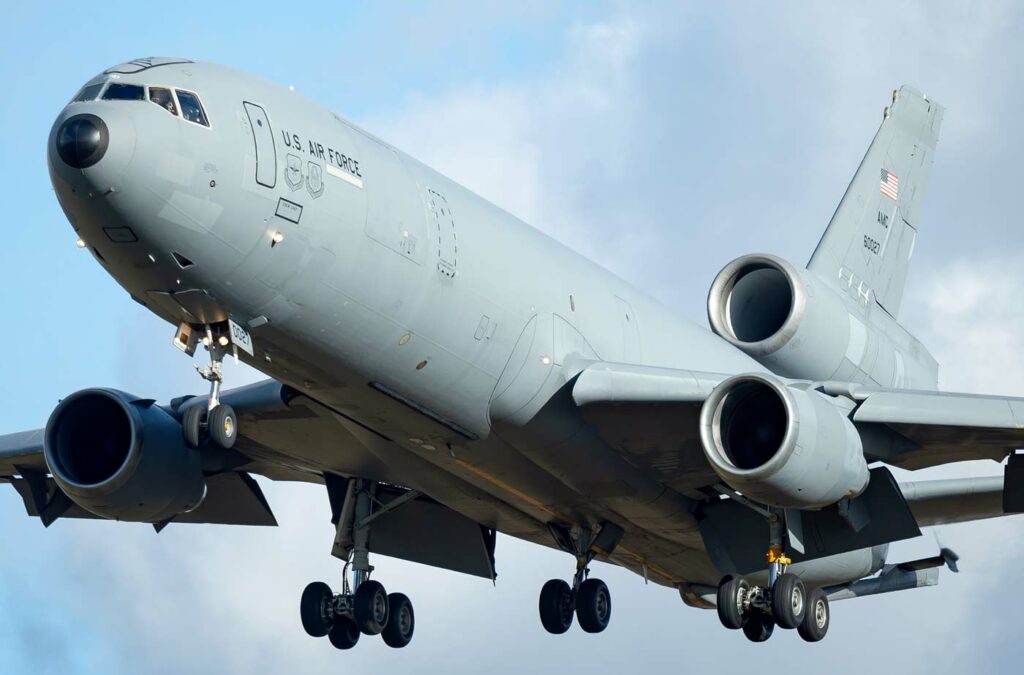
The manufacturer Boeing announces losses of €1.7 billion in its defense division for the third quarter, leading to a 10% reduction in its workforce.
The aerospace giant Boeing has announced a loss of €1.7 billion ($2 billion) in its Defense, Space & Security (BDS) division for the third quarter. These losses are primarily due to cost overruns on several fixed-price contracts, notably the T-7A, MQ-25, KC-46 programs, and NASA’s Starliner spacecraft. Consequently, Boeing plans to cut 10% of its workforce, affecting thousands of employees, including executives. This situation raises questions about Boeing’s management of defense programs and has major implications for the aerospace industry.
Significant financial losses on defense programs
Boeing revealed that its defense division suffered losses of €1.7 billion in the third quarter, mainly due to cost overruns on fixed-price contracts. A fixed-price contract means the supplier assumes all financial risks related to cost overruns, which can lead to significant losses if actual costs exceed initial estimates.
The T-7A program, a training aircraft for the U.S. Air Force, recorded a charge of €765 million ($900 million). These additional costs are attributed to higher estimates for production starting in 2026, influenced by supply chain issues and rising material costs. For example, the price of aluminum has seen a 25% increase over the past two years, impacting manufacturing costs.
The KC-46, a tanker aircraft based on the Boeing 767, suffered a loss of €595 million ($700 million). This loss is partly due to Boeing’s decision to end production of the 767 Freighter, which affects economies of scale for the KC-46. Additionally, the strike by the machinists’ union in Seattle has interrupted production, increasing operational costs and delaying delivery schedules.
The MQ-25 (a refueling drone for the U.S. Navy) and Starliner (a spacecraft for NASA) programs also contributed to the losses, although Boeing did not provide specific figures. These cost overruns affect the overall profitability of the defense division, highlighting challenges in managing complex projects.
Impact on workforce and restructuring
In response to these financial losses, Boeing has announced a 10% reduction in its workforce, which equates to approximately 14,000 employees out of the company’s 140,000 total. This reduction will affect all levels, including executives, managers, and operational employees. For example, positions in the Seattle and St. Louis plants could be impacted.
The CEO, Kelly Ortberg, emphasized that this measure is necessary to improve the division’s profitability and efficiency. He also indicated that he would exercise increased oversight of programs and fixed-price contracts to avoid future cost overruns. This restructuring aims to align the company’s resources with market conditions and strategic objectives.
This workforce reduction comes amid tensions with the machinists’ union, whose strike has disrupted production. The social consequences are significant, not only for the affected employees but also for the local communities where Boeing is a major employer. Support measures, such as severance pay and professional retraining programs, may be implemented to mitigate the impact.

Affected programs: T-7A, MQ-25, KC-46, and Starliner
The T-7A program is an advanced training aircraft intended to replace the old T-38 Talon of the U.S. Air Force. The initial contract, signed in 2018, was estimated at €7.9 billion ($9.2 billion) for the delivery of 351 aircraft and 46 simulators. The current cost overruns could affect the delivery schedule, initially planned for 2023, and the program’s profitability.
The MQ-25 Stingray is a refueling drone intended to operate from U.S. Navy aircraft carriers. This program, valued at €11 billion ($13 billion), is crucial for extending the range of embarked aircraft. Technical challenges, such as integrating autonomous systems, have led to additional costs and delays.
The KC-46 Pegasus is a multi-role tanker aircraft based on the Boeing 767. Despite previous technical problems, such as failures in the remote vision system used for in-flight refueling, the KC-46 has been in production for several years. The end of the 767 Freighter production directly affects the manufacturing cost of the KC-46, as both aircraft share production lines and key components.
The Starliner is a spacecraft designed to transport astronauts to the International Space Station as part of NASA’s Commercial Crew program. After several delays and anomalies during tests, including an unsuccessful test flight in December 2019, the program has accumulated significant additional costs. Competition with SpaceX’s Crew Dragon, which has already conducted several manned missions, adds further pressure on Boeing to meet deadlines.
Consequences for the aerospace and defense industry
Boeing’s financial losses have implications for the aerospace industry and the defense sector. As one of the world’s leading aircraft manufacturers, Boeing’s difficulties can affect the supply chain and subcontractors. For example, companies supplying specific components for the T-7A or KC-46 could see their orders decrease, impacting their own operations.
Cost overruns on fixed-price contracts could also lead the Pentagon to reconsider how it awards contracts, favoring models that share risks between the government and suppliers. This could impact Boeing’s competitiveness against competitors like Lockheed Martin or Northrop Grumman.
Investors are closely monitoring the situation. Boeing’s stock value has already experienced fluctuations, dropping from €440 per share in 2019 to around €185 in 2023. These losses could influence the company’s market capitalization and its ability to invest in new projects.
Future prospects for Boeing
To overcome these challenges, Boeing will need to implement strategic measures aimed at improving operational efficiency and program management. Strengthening project oversight, as announced by Kelly Ortberg, is an essential step. Appointing a new leader for the defense division, following the departure of Ted Colbert, will also be crucial to turn the situation around.
Boeing might consider revising its contractual strategies, avoiding fixed-price contracts for complex programs and negotiating more flexible terms. The company will also need to invest in innovation to remain competitive against rivals advancing rapidly in areas such as autonomous technologies and space systems.
Finally, regaining the trust of customers and investors will be key. This could involve transparent communication about challenges and proposed solutions, as well as demonstrating effective execution of ongoing programs.
War Wings Daily is an independant magazine.